The Treeing Tennessee Brindle, a distinctive and versatile hunting dog, stands out for its unique appearance and exceptional tracking abilities. Originating from the Southern United …
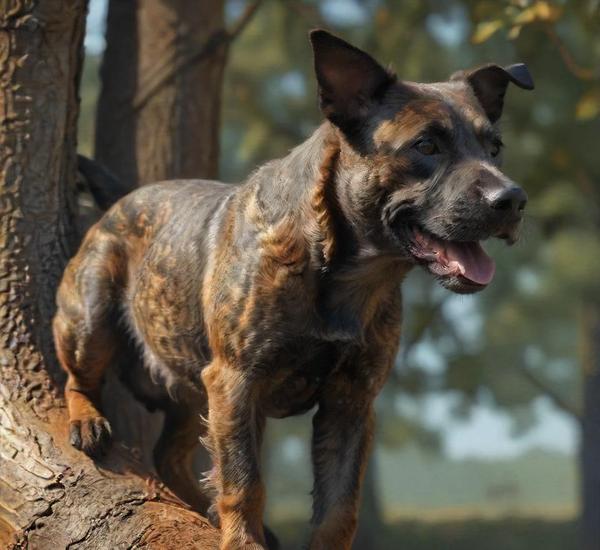
Happy Paws: All About Dogs

The Treeing Tennessee Brindle, a distinctive and versatile hunting dog, stands out for its unique appearance and exceptional tracking abilities. Originating from the Southern United …
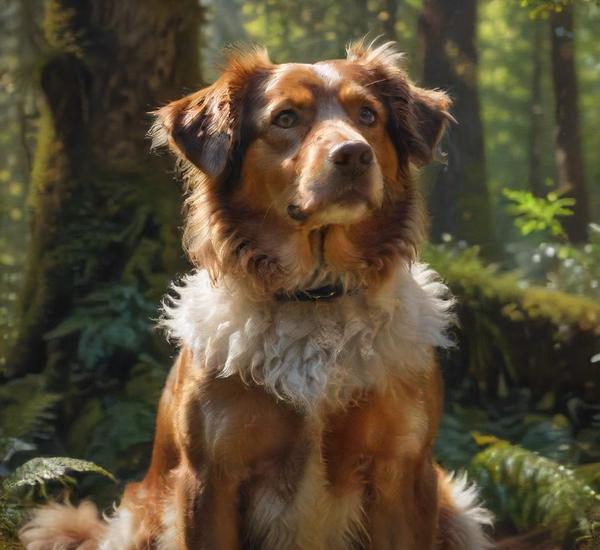
The Dunker, a relatively rare and unique breed with Scandinavian roots, captivates enthusiasts with its distinctive appearance and spirited personality. Originating from Norway, this medium-sized …
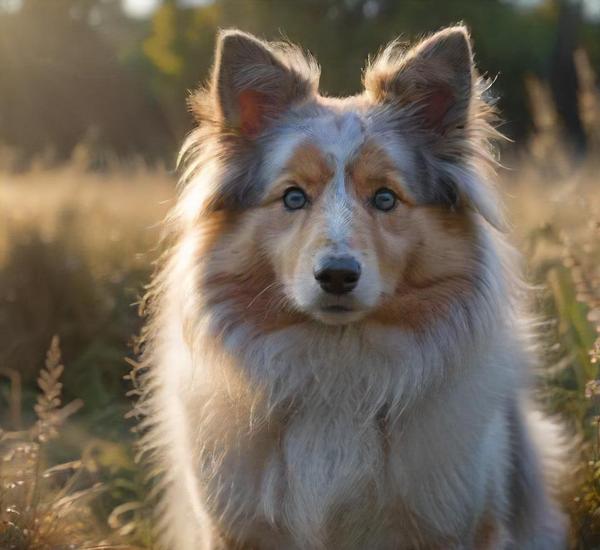
The Shetland Sheepdog, affectionately known as the Sheltie, is a captivating blend of beauty and intelligence that has won the hearts of dog lovers around …
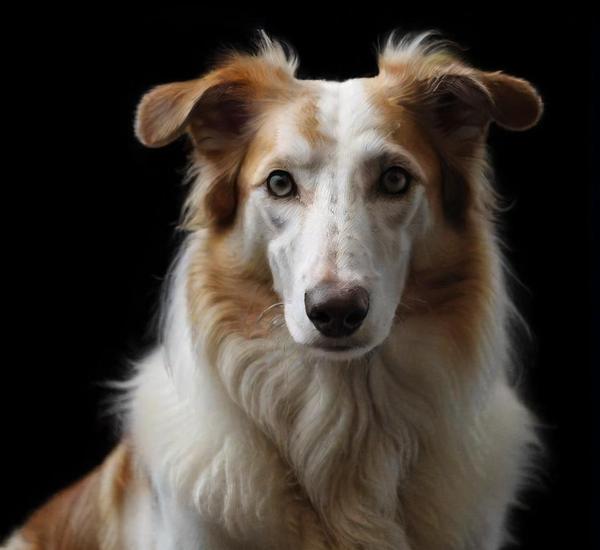
The Borzoi, also known as the Russian Wolfhound, is a majestic and elegant breed that embodies grace and strength. With its sleek, long coat and …
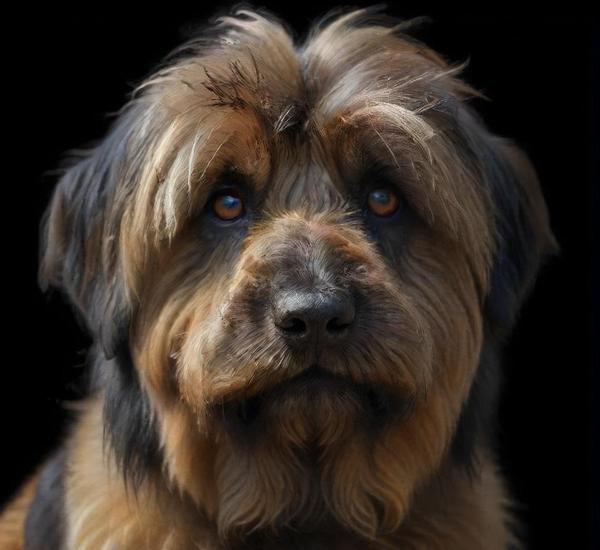
The Briard, a majestic and charismatic breed with a storied history, has captivated dog enthusiasts for centuries. Originating in France, this ancient herding dog was …
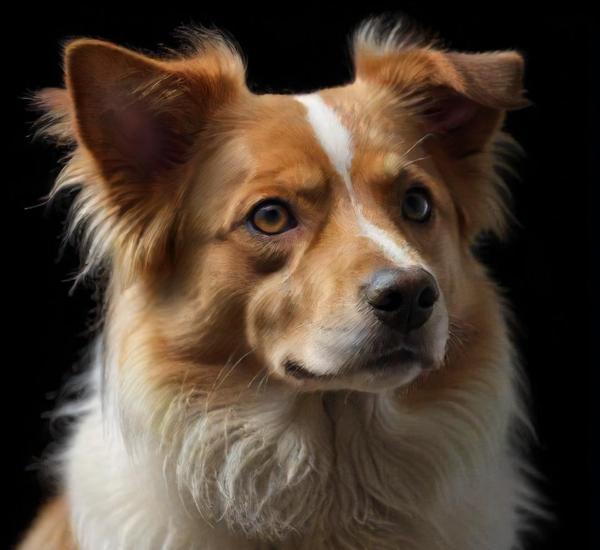
The Alopekis is a charming and lesser-known dog breed that has been captivating dog lovers with its distinctive looks and lively personality. Originating from Greece, …
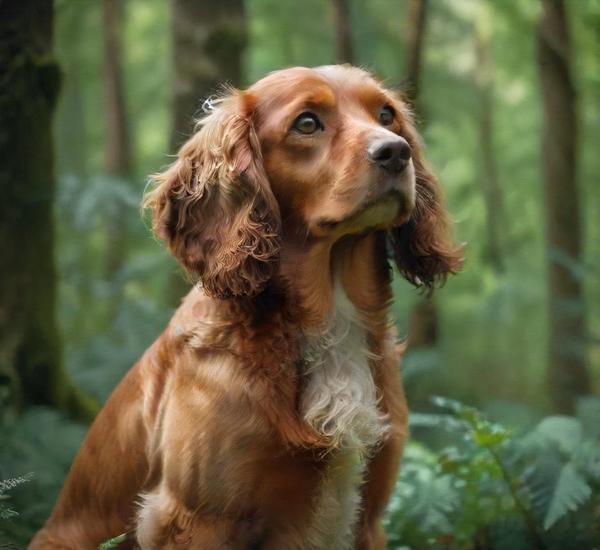
The Saint-Usuge Spaniel, an elegant and affectionate breed, is a delightful companion for dog enthusiasts seeking both charm and intelligence. Originating from the picturesque region …

The Italian Greyhound, often affectionately called the Iggy by enthusiasts, is a breed that combines elegance with playful energy in a compact, sleek package. Originating …
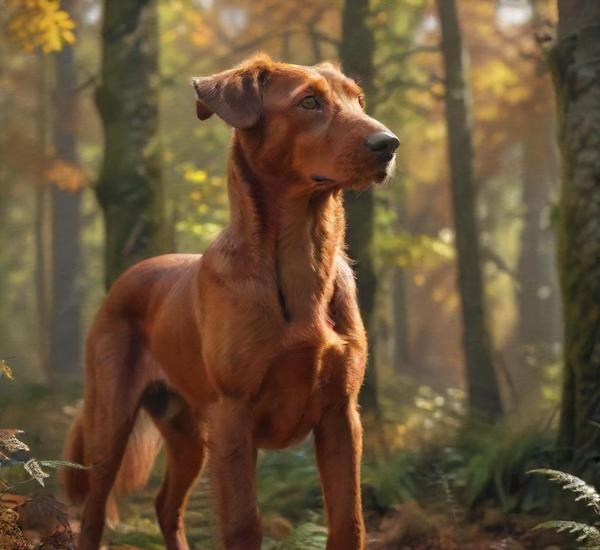
The Bruno Jura Hound, a captivating and versatile breed, stands out in the world of hunting dogs for its unique blend of athleticism and companionship. …
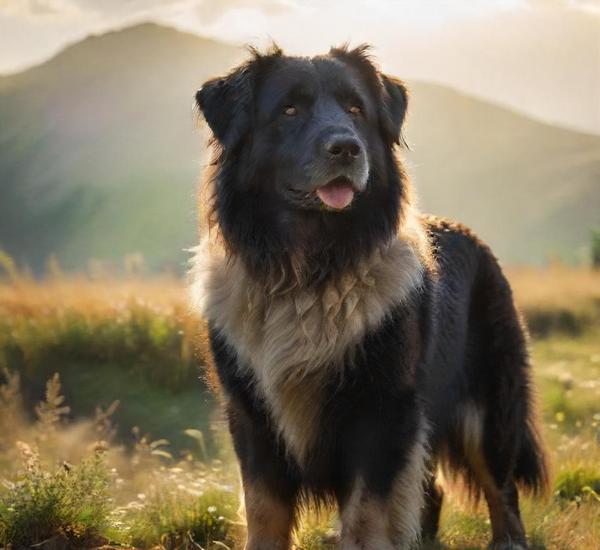
The Romanian Raven Shepherd Dog, a rare and enigmatic breed, stands out in the realm of canine companionship with its striking appearance and formidable working …